I am also working on same & what I have learned yet is,
Augmented reality can take many forms. It always depends in one form or another on a technique to calculate the relative 3D space to the reality around us.From Vast scope, if we consider Computer vision tracking AR. we can differentiate it into-
Marker based Tracking
Marker less Tracking
The where might involve areas like 2-D image matching and tracking, 3-D object matching and tracking, face detection and tracking, SLAM tracking, and location tracking (using GPS, accelerometer, compass, gyroscope).
from these two,
- Vuforia uses-
Computer Vision technology to recognize and track planar images (Image Targets) and simple 3D objects, such as boxes, in real-time. This image registration capability enables developers to position and orient virtual objects, such as 3D models and other media, in relation to real world images when these are viewed through the camera of a mobile device. Its Marker based tracking.
- Project Tango-
is a bid to equip every mobile device with a powerful suite of software and sensors that can capture a complete 3D picture of the world around it, in real-time.Project Tango is a platform that uses computer vision to give devices the ability to understand their position relative to the world around them. The Project Tango Tablet Development Kit is an Android device with a wide-angle camera, a depth sensing camera, accurate sensor timestamping, and a software stack that enables application developers to use motion tracking, area learning and depth sensing. In short, Its marker less tracking.

- Conclusion
Your efforts are really precious , but you are rendering AR using two different technology on same camera at a same time . i think it will obviously create conflict.
You can use both in same app for different purposes without interfering in between.
